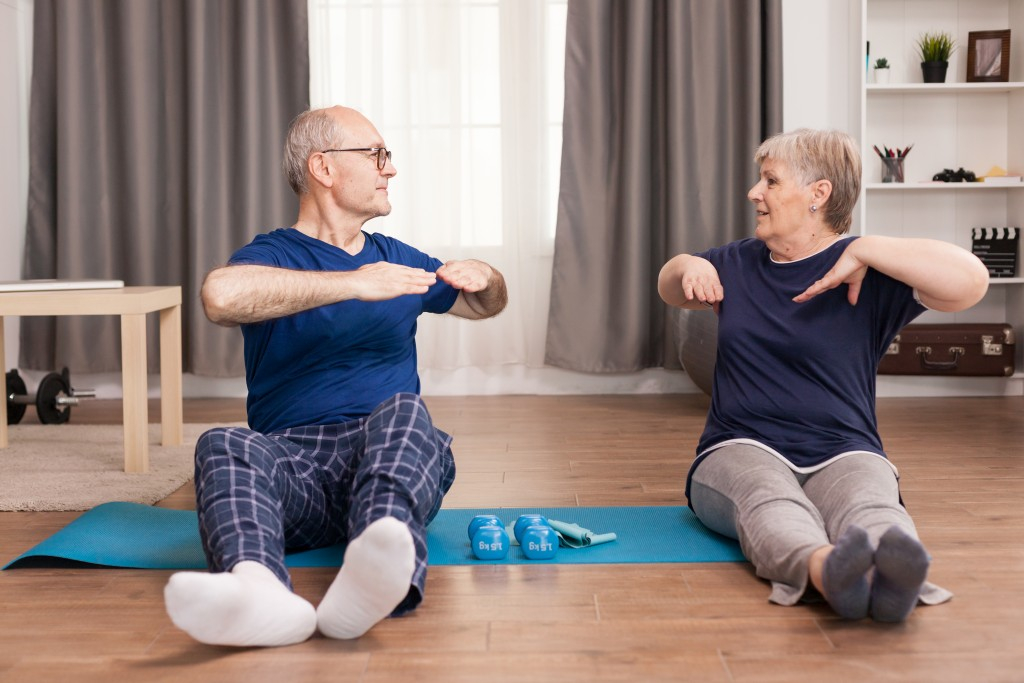Unlock the Benefits of Movement for a Healthier Back
Keep it moving - not too little and not too much
Lack of activity has been linked with prolonged symptoms of back and neck pain. How much should you move to relieve back pain?
Many folk find themselves in sedentary jobs or educational environments, find it difficult to move or are fearful that moving will worsen the pain. Moving more is essential for health, but many make the mistake of doing too much all at once and this is where the fear originates from. Finding the dynamic balance in how much to move and how often, is crucial for overall health, and more specifically for managing back and neck pain.
Practical Strategies to Get Moving
This guide explores practical strategies to increase daily activity levels to assist with back and neck pain, while maintaining a healthy balance - not overdoing it or underutilizing your body - but finding the balance that is just right for you.
It starts at the top - understand why
The most important thing is to understand how important it is to keep moving - for your physical and mental health, your wellbeing and general vitality. On the other side, we need to be aware that prolonged sedentary behavior can impact our health negatively in a variety of ways. Knowing this will hopefully help motivate you to get moving and more importantly to keep moving!

Listen to Your Body
The second most important thing is to listen to your body.
Pay attention to your body's signals and adjust your activity levels accordingly.
Remember how your body responded to that level of movement before and use that to gauge how much to do right now.
Allow for rest days and modify your activities if you experience discomfort or severe fatigue. The last thing you want is to put yourself out of action completely!
Set Realistic Goals
We've all experienced the disappointment of making a resolution and not being able to stick to it. Setting realistic movement goals, based on your current fitness levels, can help you manage your back pain while preventing you from overwhelming your body. You can increase those goals over time as your ability improves.
Make it a Habit
Rather than cramming all your exercise into 3 jam-packed sessions at the gym, try to integrate movement into your daily routines. You always hear about taking the stairs rather than the lift or the escalator, but even walking during a break instead of defaulting to checking social media, or doing ankle circles while standing in a queue can all add up. Smaller, consistent habits are best for the following reasons:
- You are less likely to injure yourself by overdoing it
- Everything adds up to contribute to your overall activity levels without you feeling overwhelmed by the expectation to exercise
- You'll engage in a wider variety of activities, rather than one thing only, improving your overall strength and fitness.
Variety for Vitality
On the topic of variety, engaging in a mix of activities to improve your back pain, will help you in the following ways:
- Target different muscle groups
- Strengthen your body in different ways - some will get your heart rate up while others will increase your strength or flexibility
- You'll engage in a wider variety of activities, rather than one thing only, improving your overall strength and fitness.
- You're less likely to get bored
Go High Tech
Fitness trackers or smartwatches and other wearable technology can help you track your daily activities, and if you are the kind of person who likes numbers, being able to quantify your activity can motivate you. You can also use a device to set reminders encouraging you to move throughout the day.
Just make sure you don't become a slave to the numbers or allow the slower days get you down!
Go Low Tech
Movements that incorporate mindfulness and intentional breathing will help you to use your time effectively as you manage stress while staying in tune with your body as you move, both great in managing back pain - it's a win-win!
 Progress over Perfection
Progress over Perfection
Consistency will help you stay the course and build strength and flexibility over time, which will not only improve your back pain, but also your general health and wellbeing. Remember, the key is not to do too much or too little but to find that sweet spot where movement becomes a joyful and integral part of your daily routine.
Finding that consistency and balance without some outside assistance can be a significant challenge, as can finding a community who will acknowledge and celebrate the wins with you, big and small.
That is why Resilient Health Coach has developed the Thrive Beyond Pain Journey, where you learn even more about the importance of movement in managing back pain and understanding your body's needs, along with how to set realistic goals and develop your own personalized pain management plan.
Not only that, but as you embark on our 6 week online group coaching course, you'll find a community who knows what it's like to feel limited by pain, and you'll have a team walking alongside you to celebrate your wins and encourage you through your challenges.
As you embark on this journey, let the principles of balance, consistency, and self-awareness guide you towards a more vibrant and active version of yourself.



